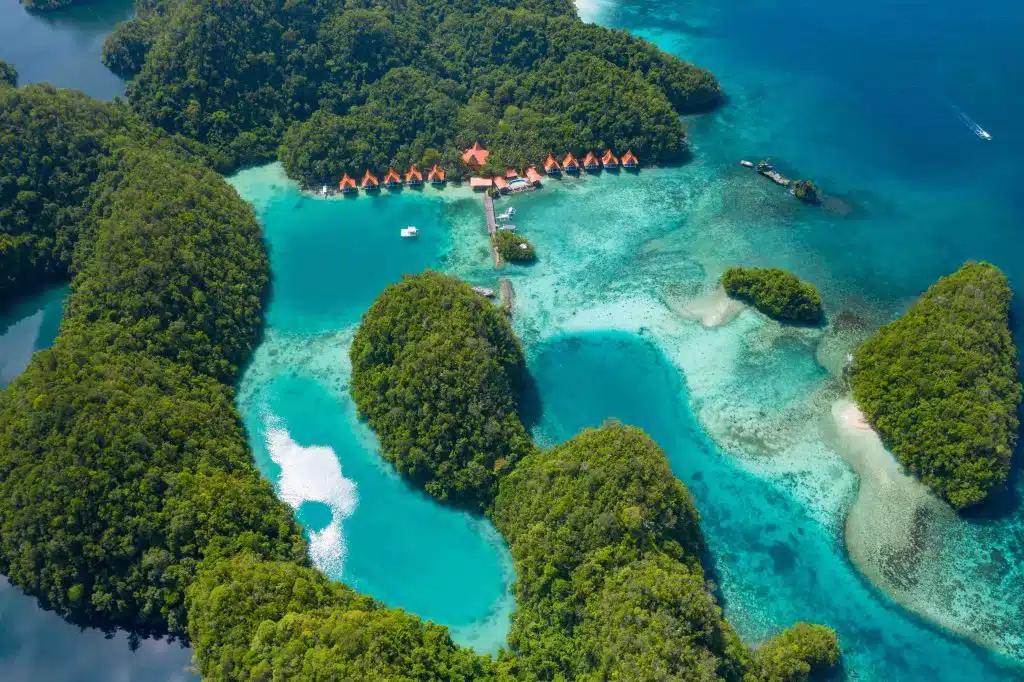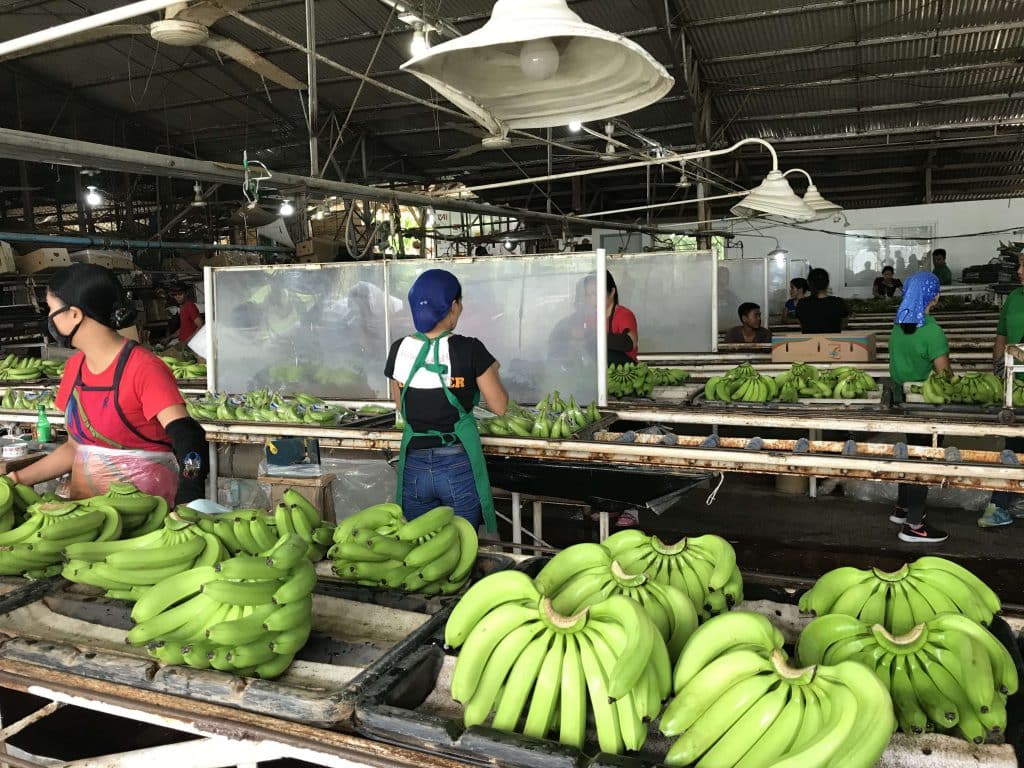Story: Tran Giap
Photos: Tran Giap, Khanh Phan
While every island in the Philippines has its own interesting features, they are all party paradises where you can enjoy stunning nature. This nation of nearly 119 million people boasts over 7,000 islands, of which 2,000 are inhabited, such as tiny Siargao, like a teardrop in the Pacific Ocean.

I will never forget waking up in a beachfront bungalow with waves lapping at the house posts. Unable to resist the allure of the blue sea, I jumped right in for a swim. Of course, surfing lessons at Cloud 9, one of the most beautiful surf spots in the world, also remain in my mind. I even remember the surprisingly delicious and cheap durians in Davao, which only cost about 50 pesos/kg (around USD 1 – VND 25,000)… If you visit the Philippines, you will have many things to love and miss, just like me!
Island bliss
It’s rare to find a place where everywhere you go, you will find water so clear that you can see the bottom, from Cebu, Boracay, and El Nido to the capital, Manila, with its romantic sunsets over the bay. It’s hard to find words to fully describe the beauty and wonder of the diverse attractions in these coastal areas. For example, Davao – the southernmost island of the Philippines, is also one of the largest cities in the world. Despite being located entirely in the tropics, the climate here is cool year-round. In the middle of Davao stands Mount Apo, the highest mountain in the Philippines at 3,412m tall. It is home to the world’s largest eagle species with a wingspan of over 2m, which soars over a crocodile park. Another fascinating stop in Davao is the Chocolate Museum. Locals often say, “Life is here!” Once you visit, you will agree.

The Philippines offers diverse experiences for visitors. The beaches are always ranked among the most beautiful in the world, with abundant sunshine, smooth white sand, and lush green coconut forests. Visitors can enjoy perfect service and meet friendly locals with a high level of environmental awareness. This paradise attracts visitors who like to sunbathe on the beach or enjoy thrilling sports like surfing, fishing, and scuba diving. If you prefer trekking, mountain climbing, cycling, skateboarding, kayaking, or archery, you can head to the mountains, including dormant volcanoes, primaeval forests, lakes, and waterfalls. Thousands of resorts and homestays are set in beautiful scenery amidst nature. With reasonable prices, they are ideal places to escape the noisy world and find a small, quiet corner for yourself.
My diary
The Philippines gave me many experiences. I still remember the feeling of sitting in Jeepneys, winding around the streets of the capital, Manila, and stopping at churches, or enjoying lively traditional Spanish dances. Sometimes, I still reminisce about dipping into the “teardrop in the ocean” – the tidal pool of Magpupungko. Here, seawater gets trapped when the tide recedes, creating a natural swimming pool that stretches for hundreds of meters. With rock walls and countless small crevices, it’s like a giant jacuzzi, where turquoise seawater flows in and playful clownfish swim. Magpupungko is like an infinity pool and surprisingly clean. Tourists are not allowed to bring food or plastic bottles and cannot smoke on the island. There is absolutely no trash. Instead, I could see the seaweed beds with every step. Putting my face underwater, I was really excited to watch the clownfish swim around. This place brings true meaning to “immersing yourself in nature”.

I spent a whole day pampering myself by watching the sunrise and surfing, ending when the sunset painted everything around Cloud 9 golden. The next day involved a series of “island hopping” trips aboard unique 3-legged boats through many different islands and bays. I even tried a “seawalk”, which is like a real walk on the ocean floor, where it felt like I could grab the schools of colorful fish. The beautiful coral reefs and spectacular sight of sunlight shining down on the sea’s surface were fascinating. I also visited Hijo – an organic farm spanning nearly 1,000 hectares. Founded in 1969 to supply bananas to Japan, it became an ecological area in 2012, preserving its natural landscape and supplying organic agricultural products. Hijo specializes in growing bananas and coconuts and offers tours of the area’s many rivers and primaeval forests. This is considered the first eco-agri tourism site in the Philippines. Producing fruit for export, the organic banana farms stretch for tens of kilometers, reaching all the way to the coast. This area has been dubbed the “Fruit Capital of Asia”.
In a lovely little homestay in a coconut grove, warm candlelight and the light fragrance of essential oils emanated from a corner of my room. Outside, a few small crickets gently sang. I flipped through the notebook I always carry to quickly record my emotions… Cebu, Coron, El Nido, Davao, Siargao, Palawan, Manila… I have so much nostalgia for the Philippines!










